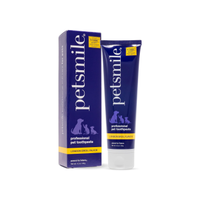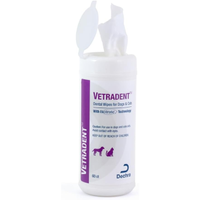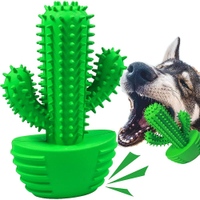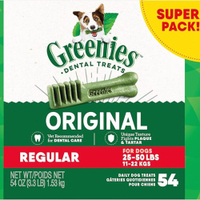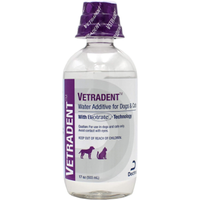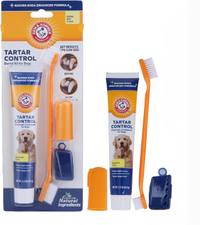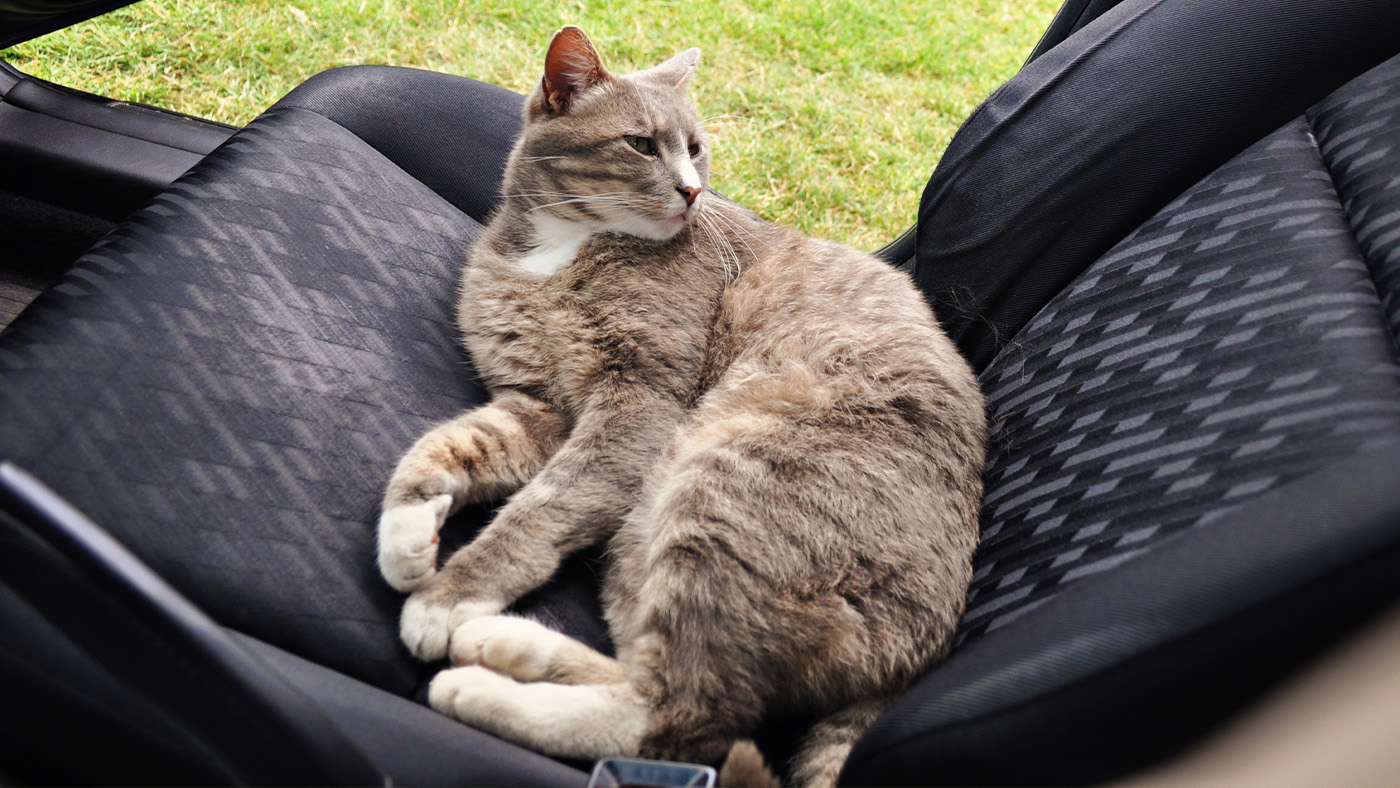How to keep dog teeth clean: 8 top tips from a vet
Dental disease affects more than just your canine companion’s breath – knowing how to keep dog teeth clean is a must for overall health!
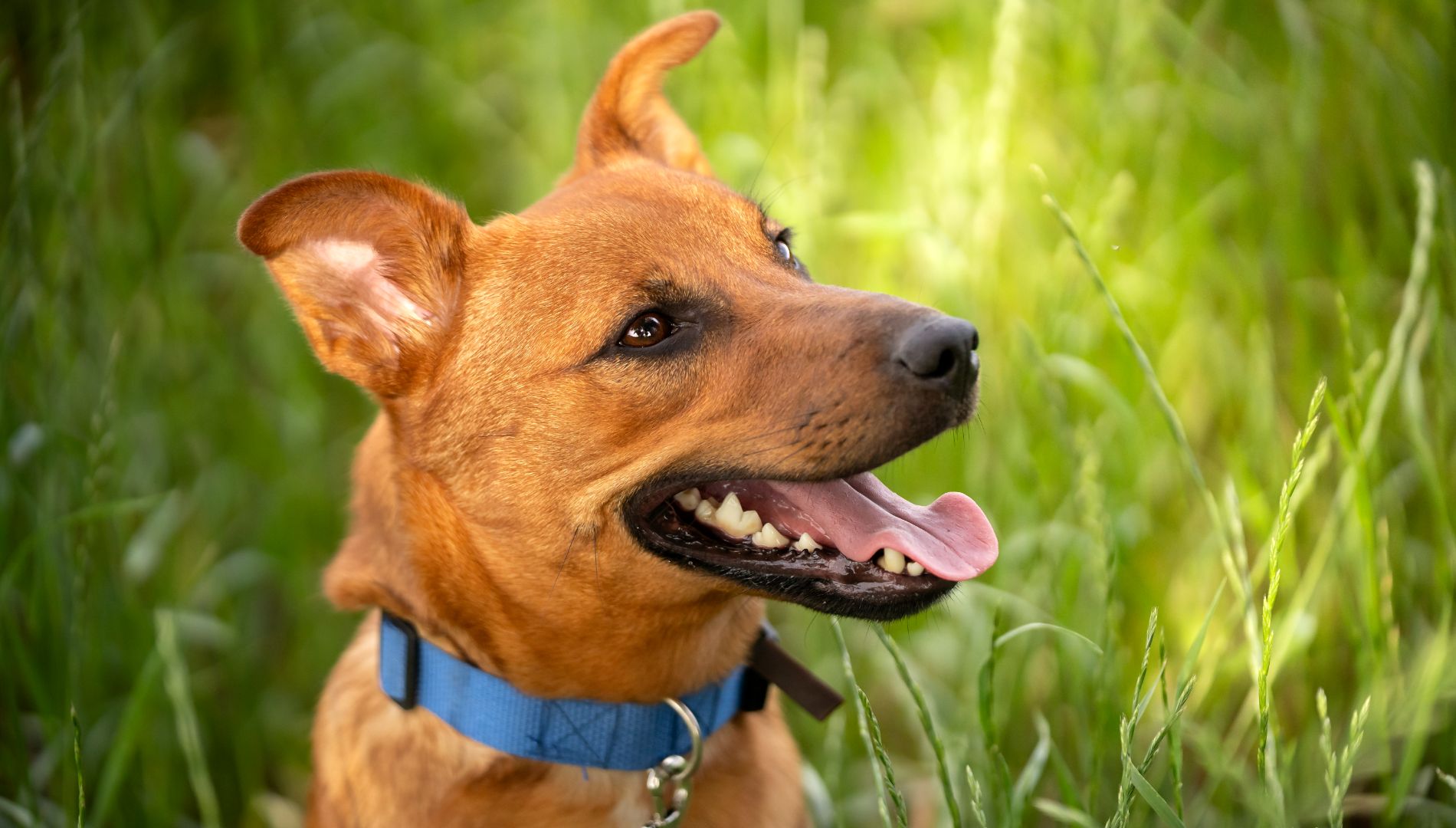
Maintaining healthy teeth and knowing how to keep dog teeth clean is super important. If you've noticed lately that your dog has bad breath, rest assured, you're not alone. It has been estimated that 80% of dogs over the age of three have some degree of dental disease. Some dental diseases are easy to spot – like that yellow or brown buildup on your dog’s teeth or the reddened gums caused by gingivitis (gum disease). However, much of dental disease occurs beneath the gum line, where bacterial buildup can cause major problems. It helps to get the best toothbrush for dogs you can find, but some good advice from an expert is invaluable.
Bacteria from dental disease can also enter the bloodstream, affecting the heart, lungs, and kidneys. The best way to keep your dog’s teeth clean is with daily brushing, but there are other steps you can take to ensure a healthy mouth, too. Read on to learn more about canine dental disease and what you can do to maintain clean and healthy dog teeth, and fresh breath too!
1. Brush your dog’s teeth with a pet-specific dog toothpaste every day
Just like you need to brush your own teeth for dental health, your dog’s teeth need daily brushing too – here’s how to brush your dog’s teeth if you’ve not tried before. The mechanical action of brushing helps break up and remove food particles and bacteria that can cause bad breath and dental disease. If your dog won’t tolerate full mouth brushing, start by brushing just a few teeth each day and gradually work your way up to brushing the whole mouth as your dog gets used to the process.
Never use human toothpaste on your dog – it contains high levels of fluoride that can be unsafe for your dog to swallow. You can find pet-specific toothpastes at most pet stores, or ask your veterinarian for a product recommendation.
Petsmile Professional Pet Toothpaste
This toothpaste is the only dog toothpaste approved by the Veterinary Oral Health Council. It reduces tartar and plaque, brightens teeth, freshens breath.
2. Use dog dental wipes or pads for pups that hate having their teeth brushed
Regular brushing is the best way to keep your dog’s teeth clean, but what if your dog simply won’t tolerate it? If you’ve tried training and gradual brushing without success, and want to maintain healthy dog teeth, then dental wipes may be the answer. Many dogs will tolerate this method of cleaning because it’s gentler than a brush.
Just like with brushing, it’s best to wipe your dog’s teeth at least once a day. Focus on gently wiping along the gum line, where bacteria and food particles are most likely to build up. You can find dental wipes and pads at most pet stores.
Read more expert and vet-approved advice on how to clean a dog’s teeth without brushing
Vetradent Dental Wipes for Dogs and Cats
These wipes are scientifically formulated to reduce tartar and have a natural, organic vanilla flavour your pet will love
3. Avoid hard bones and chews that can damage the teeth
Chewing on hard objects – like bones, rocks, and hard toys – can permanently damage healthy dog teeth. When the object is too hard for a tooth to penetrate, there is a risk that the tooth will fracture. A fractured tooth can cause chronic pain for your dog and may increase the risk of infections. Once a tooth is fractured, professional veterinary care is the only way to address the problem.
To prevent fractures, make sure your dog’s favorite chews aren’t too hard for his teeth. A good rule of thumb is that if you can’t indent the object with your thumbnail, it’s too hard for your dog to chew!
We’ve rounded up the best long-lasting dog chews to help you find a suitable chew for your dog.
Apply dog toothpaste to this chew toy and get your dog to chew it off. The bristles will help clean their teeth and your dog will love the challenge.
4. Choose the best dental dog chews and treats that are proven to reduce plaque
Dental treats, toys, and foods are a great way to clean your pet’s mouth in between brushings. These products are designed to help scrape the teeth as your dog chews, scrubbing away plaque and residual food particles.
The best dental chews for dogs aren’t a substitute for daily brushing, but they can help keep your pet’s breath fresh. Look for products labeled with the Veterinary Oral Health Council (VOHC) seal, which indicates that the product has been tested and proven to reduce plaque.
Greenies Original Regular Natural Dental Care Dog Treats
These tasty treats have a chewy texture and come in a variety of flavors. They help clean your dog’s teeth, maintain healthy gums and freshen their breath.
5. Try using a dog water additive for teeth for low-maintenance dental care
Water additives are an easy way to reduce plaque and prevent dental disease. These products contain enzymes that naturally break down plaque and inhibit bacterial growth to keep your dog’s mouth clean and fresh. And because most of these products are flavorless, odorless, and colorless your dog won’t even notice that you’ve put something new in his bowl. Like dental treats, water additives are not as effective as brushing and should always be used in combination with regular dental care to achieve the best results.
Dechra Vetradent Water Additive for Dogs and Cats
This easy-to-use water additive contains zinc chloride and citric acid to reduce bad breath and restore pH balance. It is odorless, tasteless and colorless.
6. See your vet regularly for wellness exams and check-ups
A lot can change with your dog’s mouth in a short period of time. Regular check-ups and preventive care from your vet are essential to keeping clean and healthy dog teeth.
During your appointment, your vet will look in your dog’s mouth to assess factors like the amount of plaque and tartar buildup and to look for problems like inflamed gums, fractured teeth, or areas of pain.
Monitoring these changes over time is a great way to ensure your home dental care plan is working effectively. When problems are discovered, it’s important to address them right away.
7. Avoid “anesthesia-free” dental procedures
Many groomers, pet stores, and other non-professional settings will offer “anesthesia-free” dental procedures as an alternative to a true professional dental cleaning performed by your vet. These anesthesia-free procedures are not at all comparable to what your vet offers and can actually be detrimental to your pup’s oral health.
Not only is it uncomfortable and scary for your dog to have his teeth scraped while he is awake, but it is also not addressing the bacterial buildup that occurs under the gum line, which is where the majority of dental disease manifests.
An anesthesia-free dental procedure also does not address problems such as loose teeth, gum disease, tooth root abscesses, or other dental diseases requiring anesthesia to address. And because these procedures are typically performed by laypeople, early warning signs of serious dental disease are often missed.
While an anesthesia-free dental may cost less than a veterinary dental procedure in the short term, in the long term your pet will have worsening dental disease and a more costly dental procedure in the future. In the end, it is much better to pursue a professional veterinary dental cleaning under anesthesia as recommended by your vet.
Here’s some more information about the cost of veterinary dental cleaning.
8. Pursue professional dental cleanings as recommended by your vet
Prevention is the best way to ensure as healthy dog teeth as possible. But once dental disease starts, no amount of brushing will reverse it. The only way to treat dental disease is with a professional dental cleaning by your vet.
Your dog will need to be placed under general anesthesia so that the whole mouth can be carefully examined and cleaned. X-rays of your dog’s mouth should also be taken to identify areas of disease hiding under the surface. If your dog has any loose, fractured, or diseased teeth, these may need to be removed as well. After the dental procedure, your dog’s teeth will be clean and fresh, and a good home dental care routine can help keep them that way.
The final verdict
Dental disease is a progressive condition once it starts, so it is essential to have a good home dental care routine to prevent it. Daily brushing is the best way to keep your dog’s mouth clean, but other dental products like treats and water additives can be helpful tools as well. Most importantly, see your vet regularly for preventive healthcare to ensure your dog’s oral health always stays in top shape.
Arm & Hammer for Pets Tartar Control Kit for Dogs
This kit comes complete with all the essentials you’ll need to make sure your dog’s teeth have the best home care. It comes with a double-headed brush, finger brush and plaque-fighting enzymatic toothpaste.
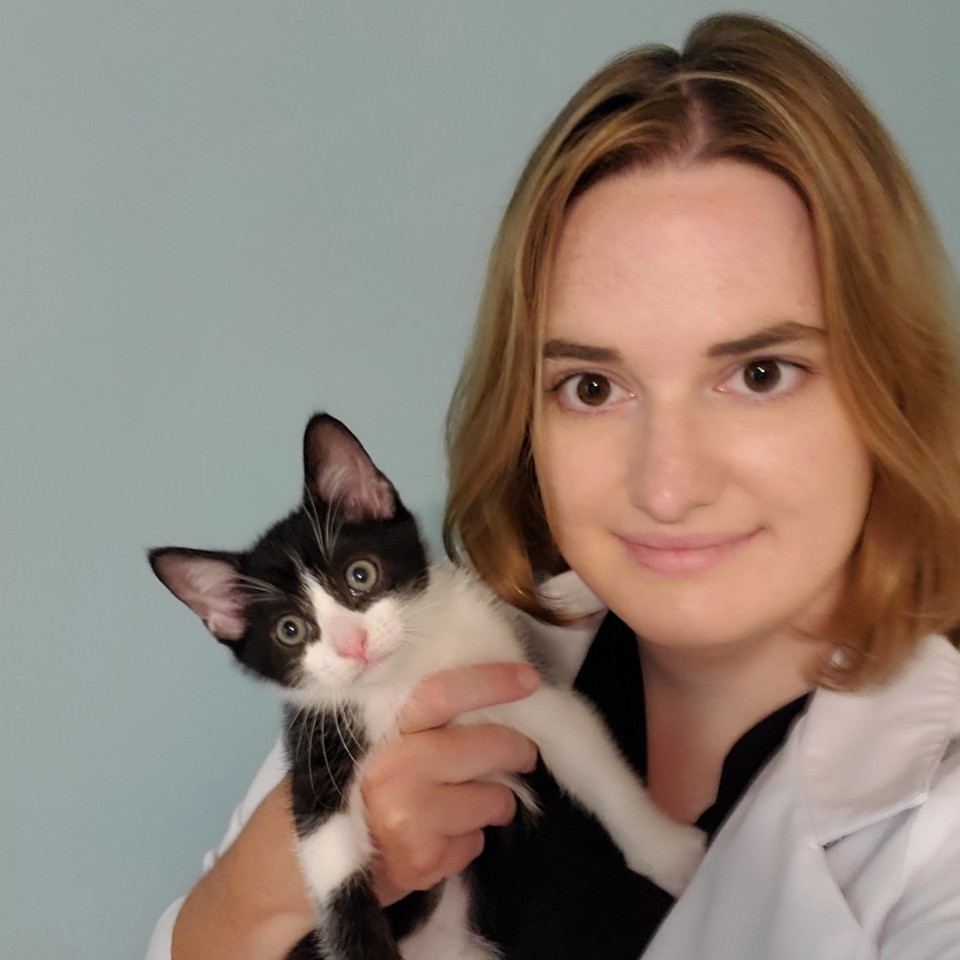
Small animal general practice vet, Dr. Elizabeth Racine, is a specialist in pet health and wellness. She covers everything from veterinary behavior, internal medicine and nutrition. Away from her surgery, Dr. Racine writes for major companies in the industry from the American Kennel Club to Elanco and CareCredit to Bayer PetBasics.

Bethany is an experienced writer who has been writing across the pets and equestrian sector for eight years.
PetsRadar Newsletter
Get the best advice, tips and top tech for your beloved Pets
Dr. Elizabeth Racine is a small animal general practice vet covering all things pet health and wellness. Her special interests include veterinary behavior, nutrition, and internal medicine.
As a freelance writer, Dr. Racine has written content for major companies in the industry such as the American Kennel Club, Merck Animal Health, Bayer PetBasics, Elanco, and CareCredit. In her free time, Dr. Racine enjoys playing trampoline dodgeball, hiking with her beagle Dasher, and spending time with her three mischievous cats.
- Bethany StoneFreelance Writer
